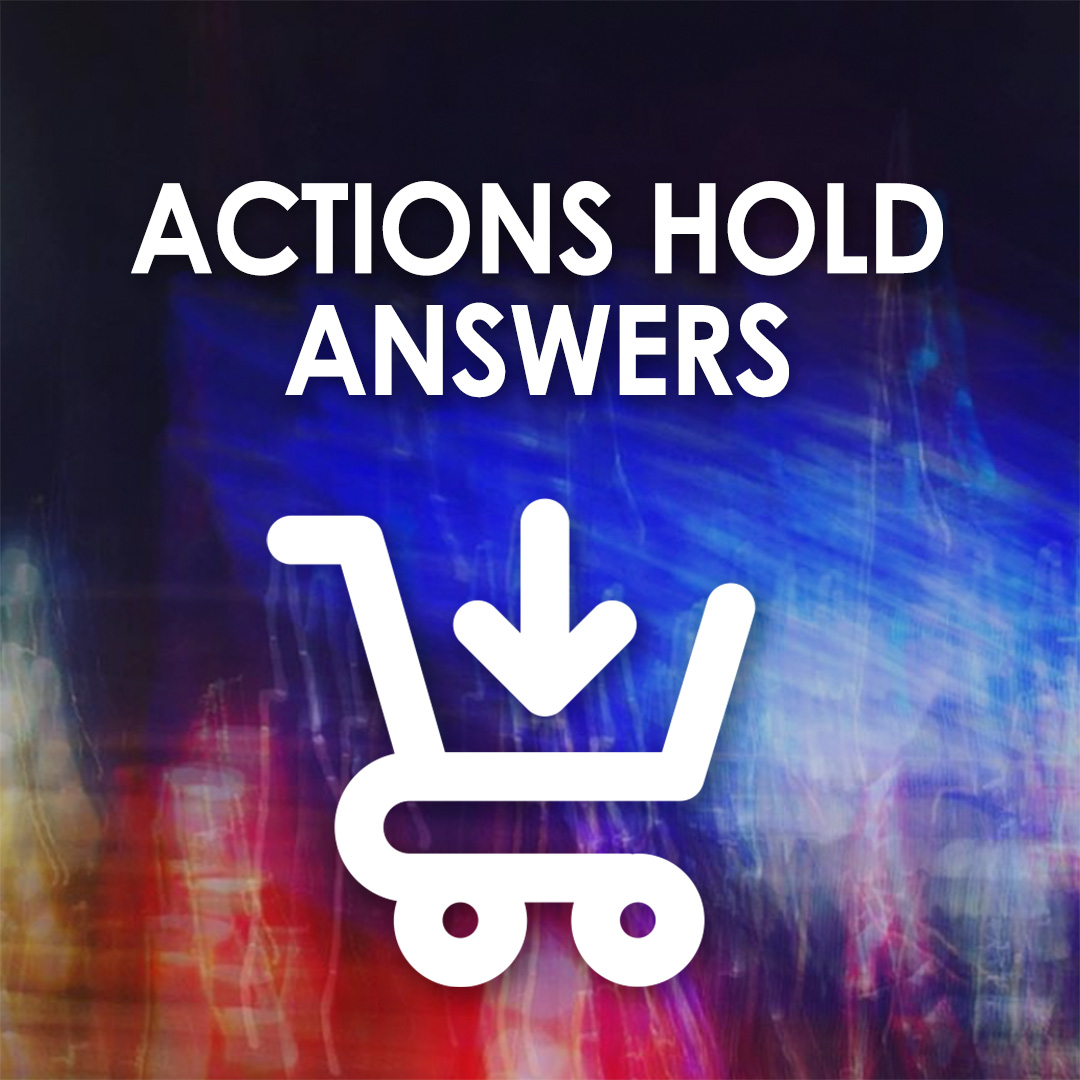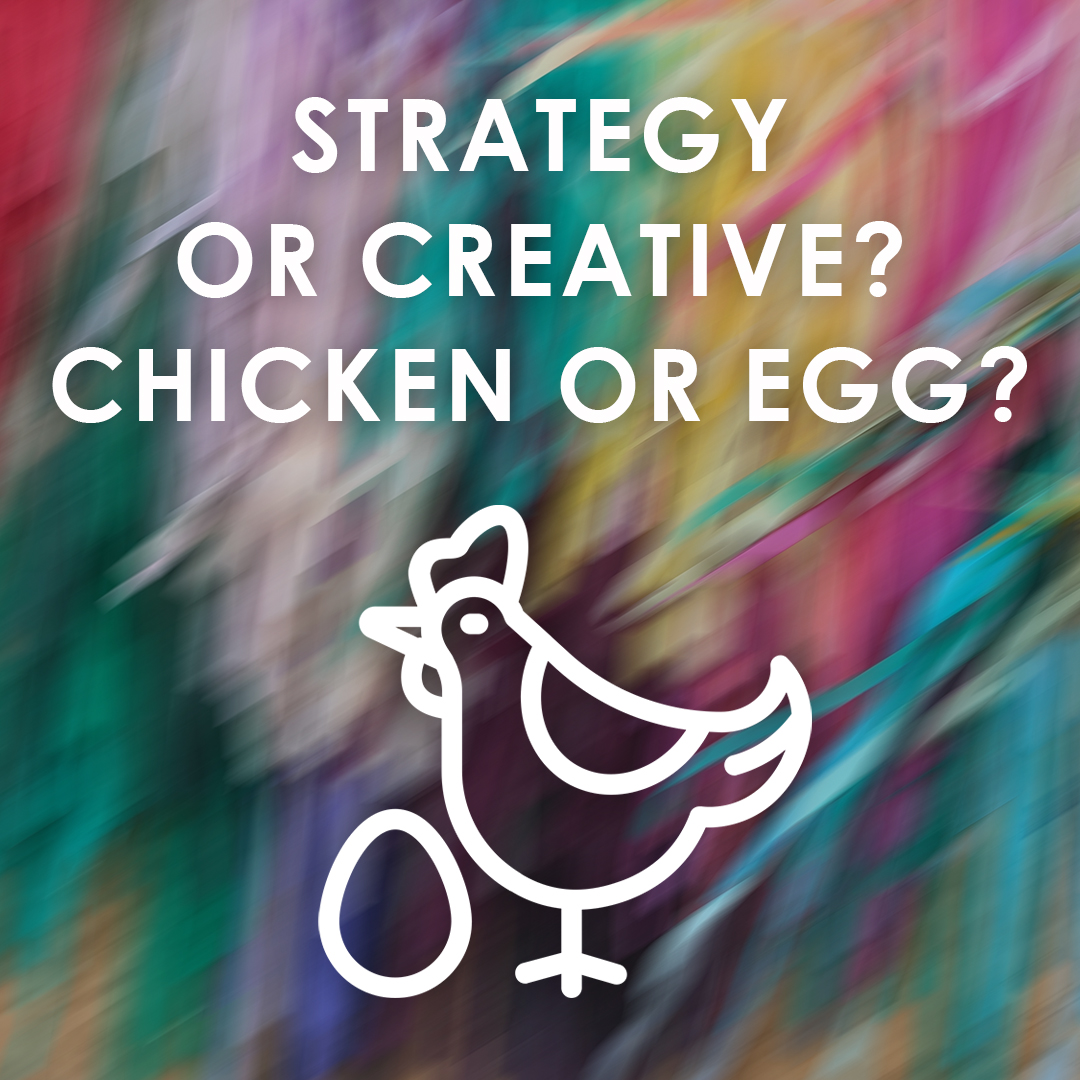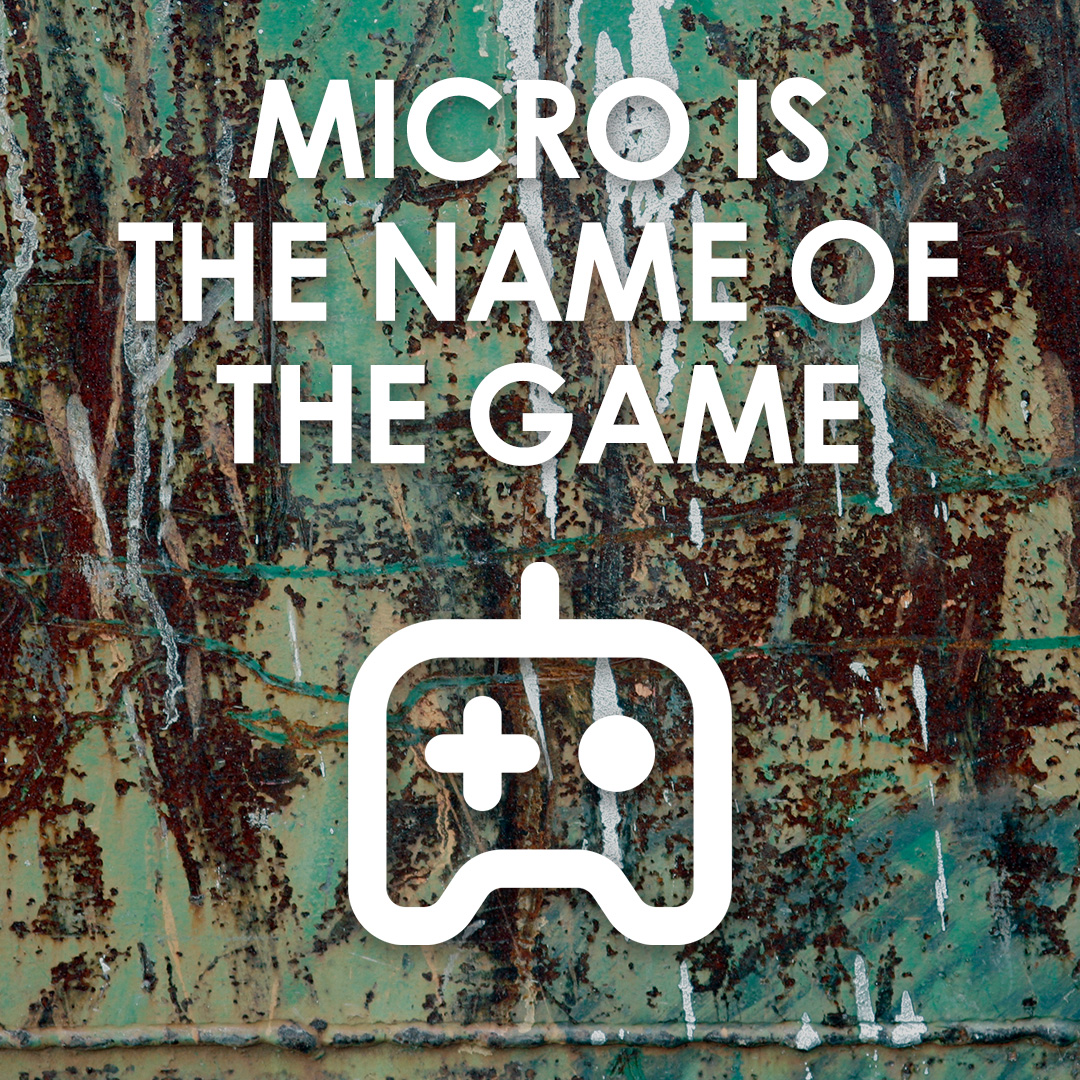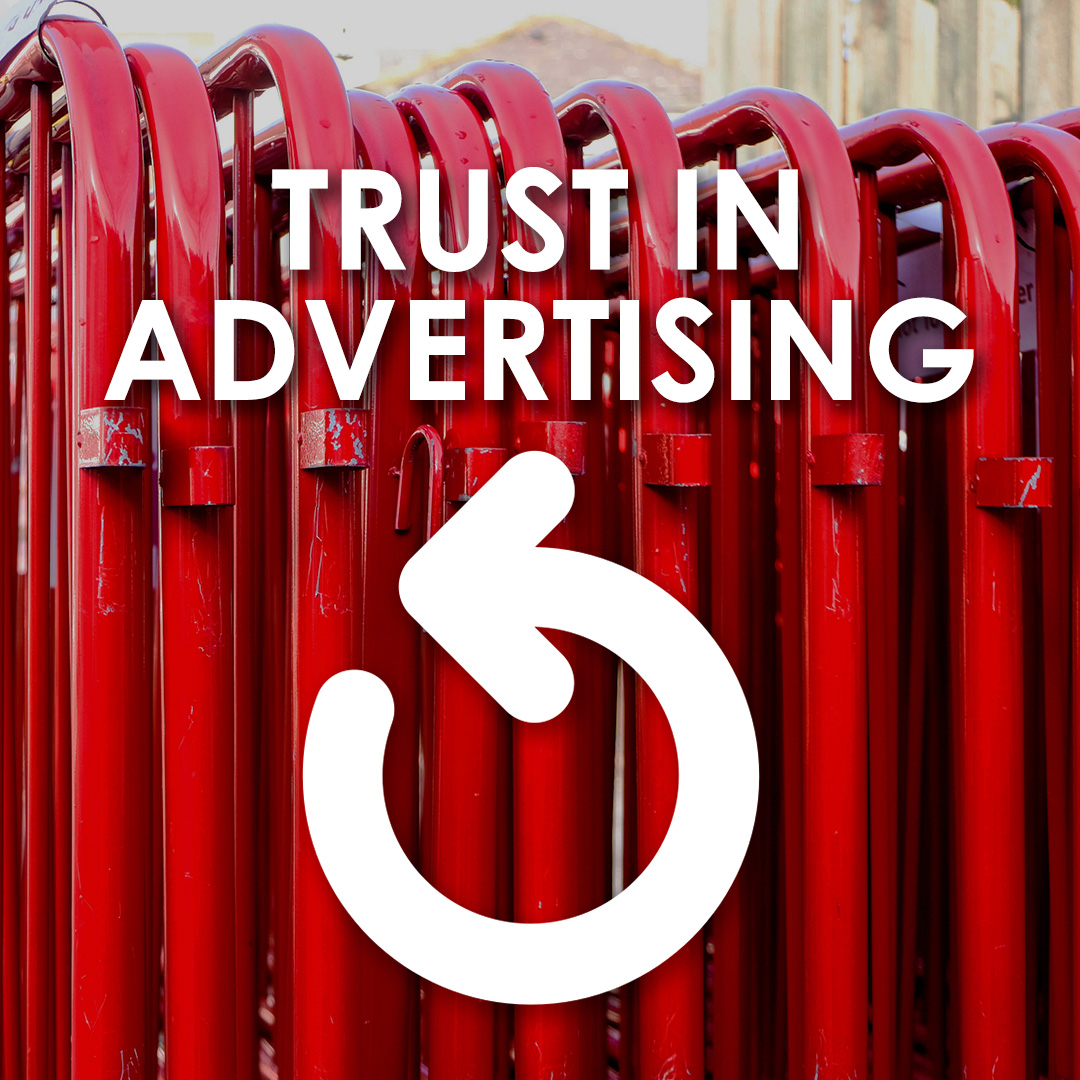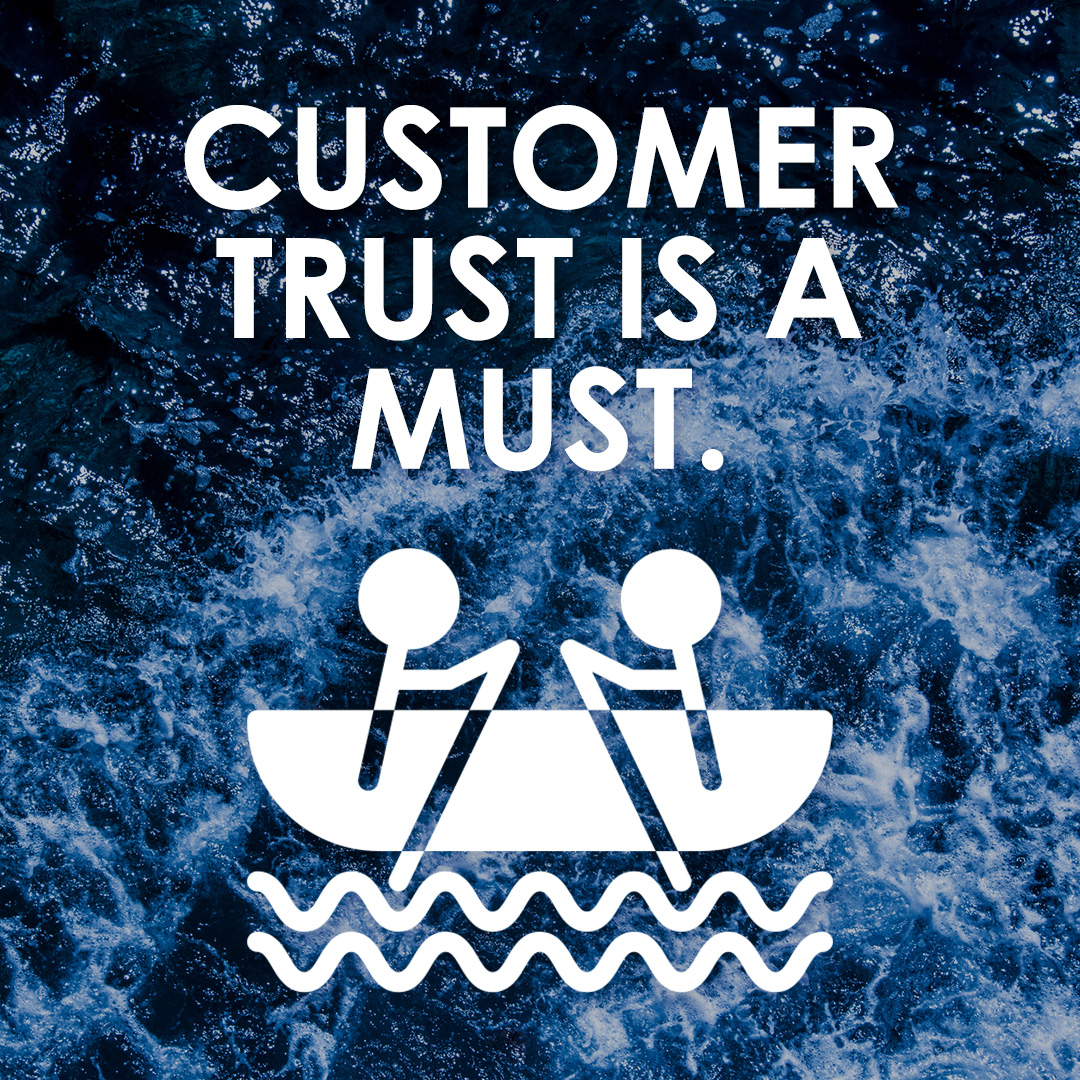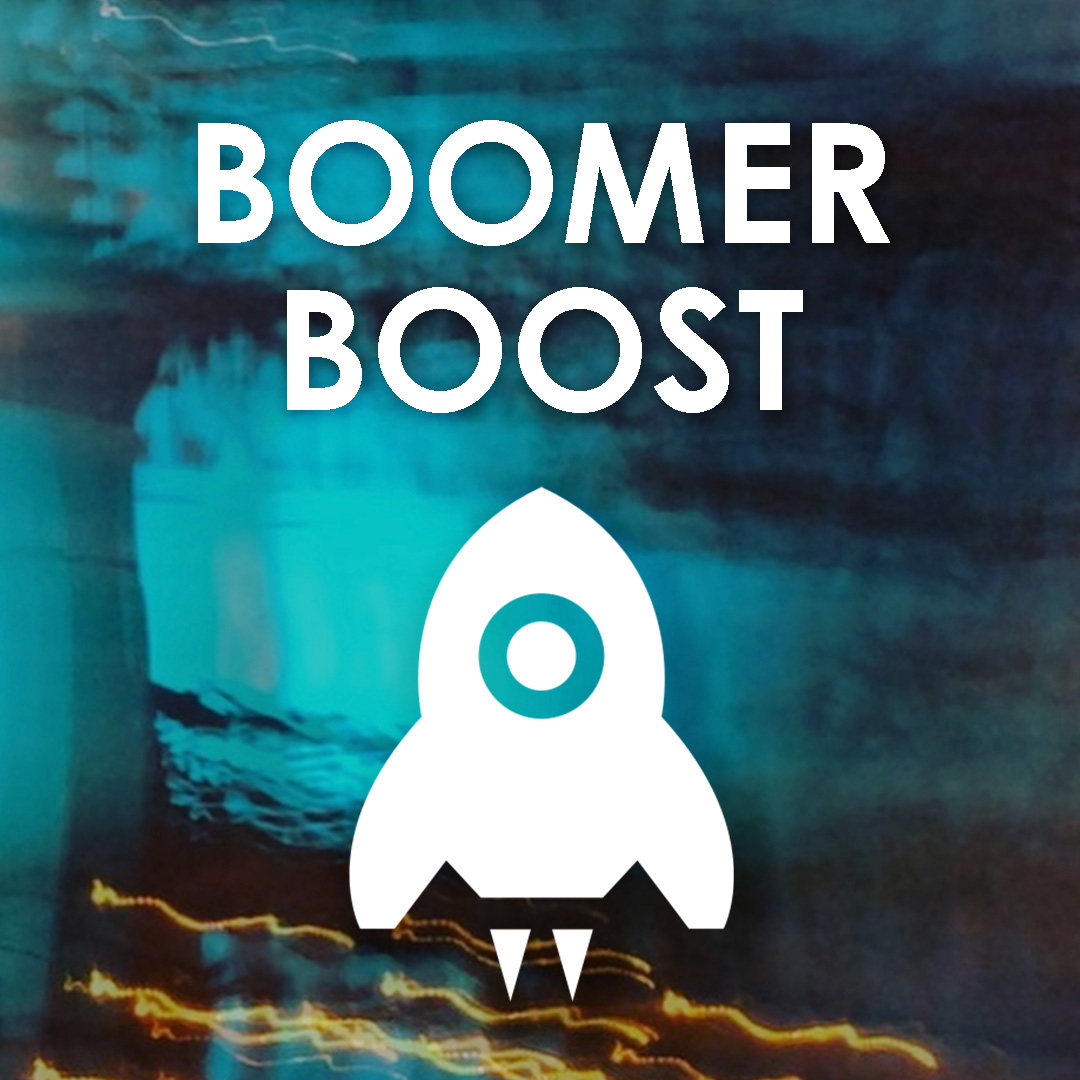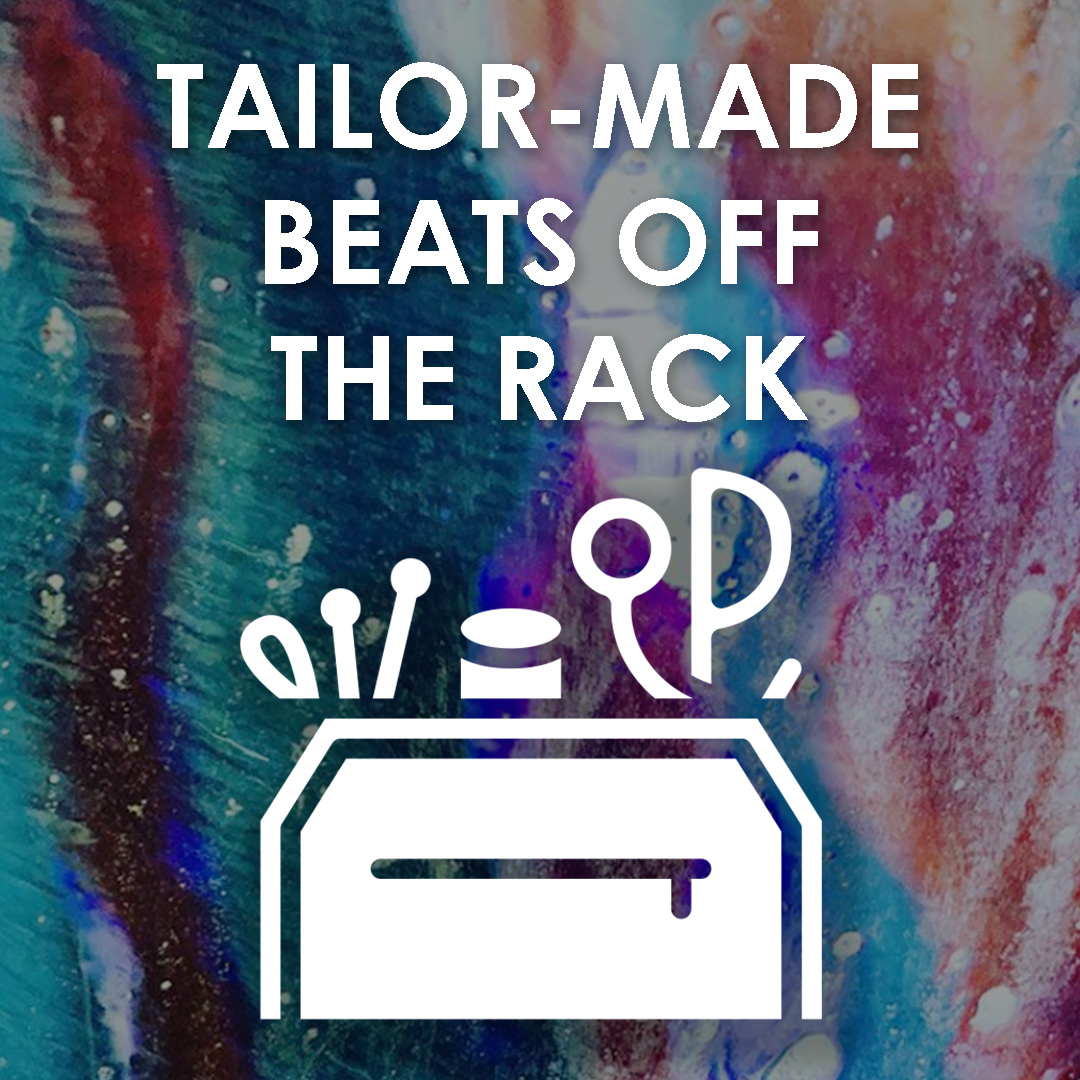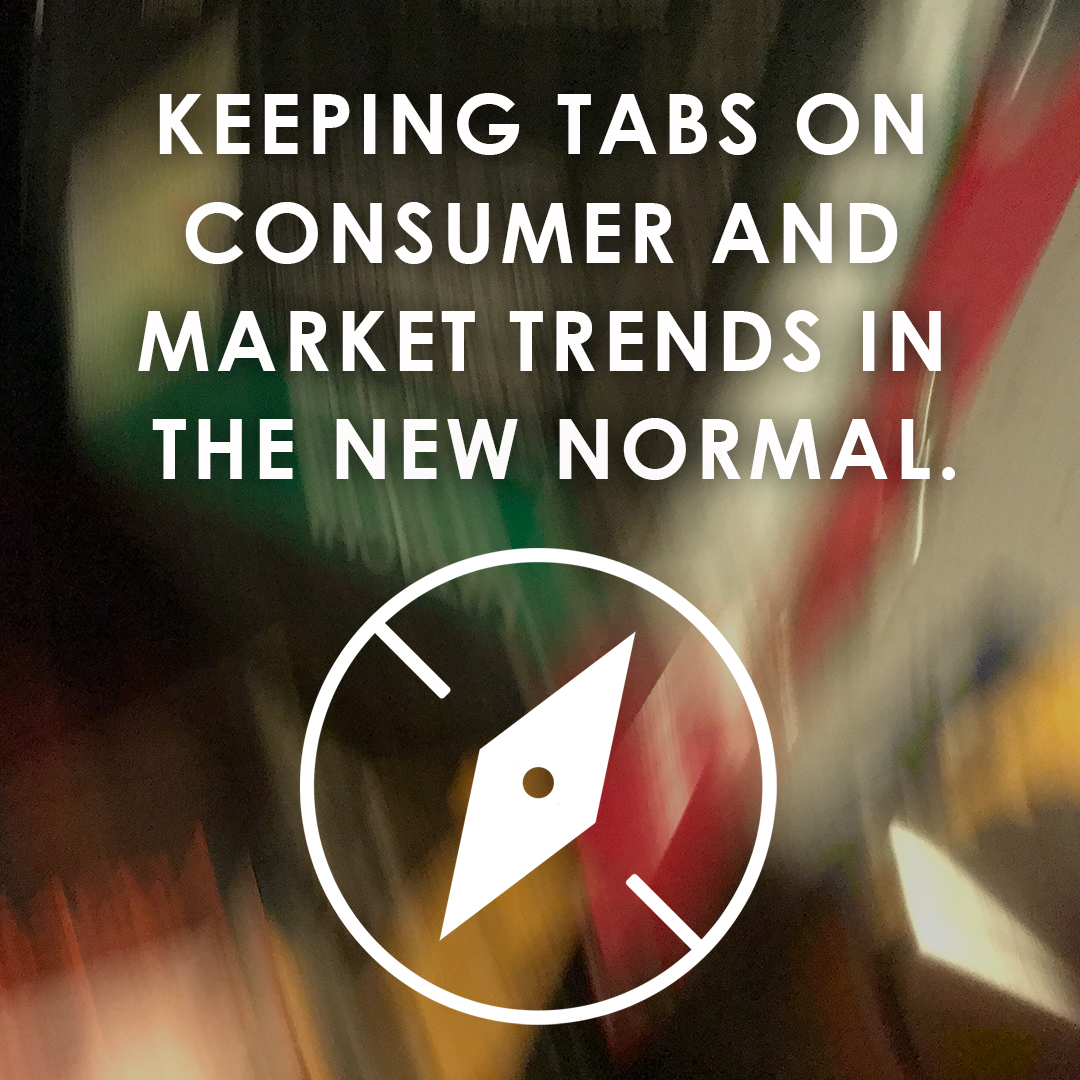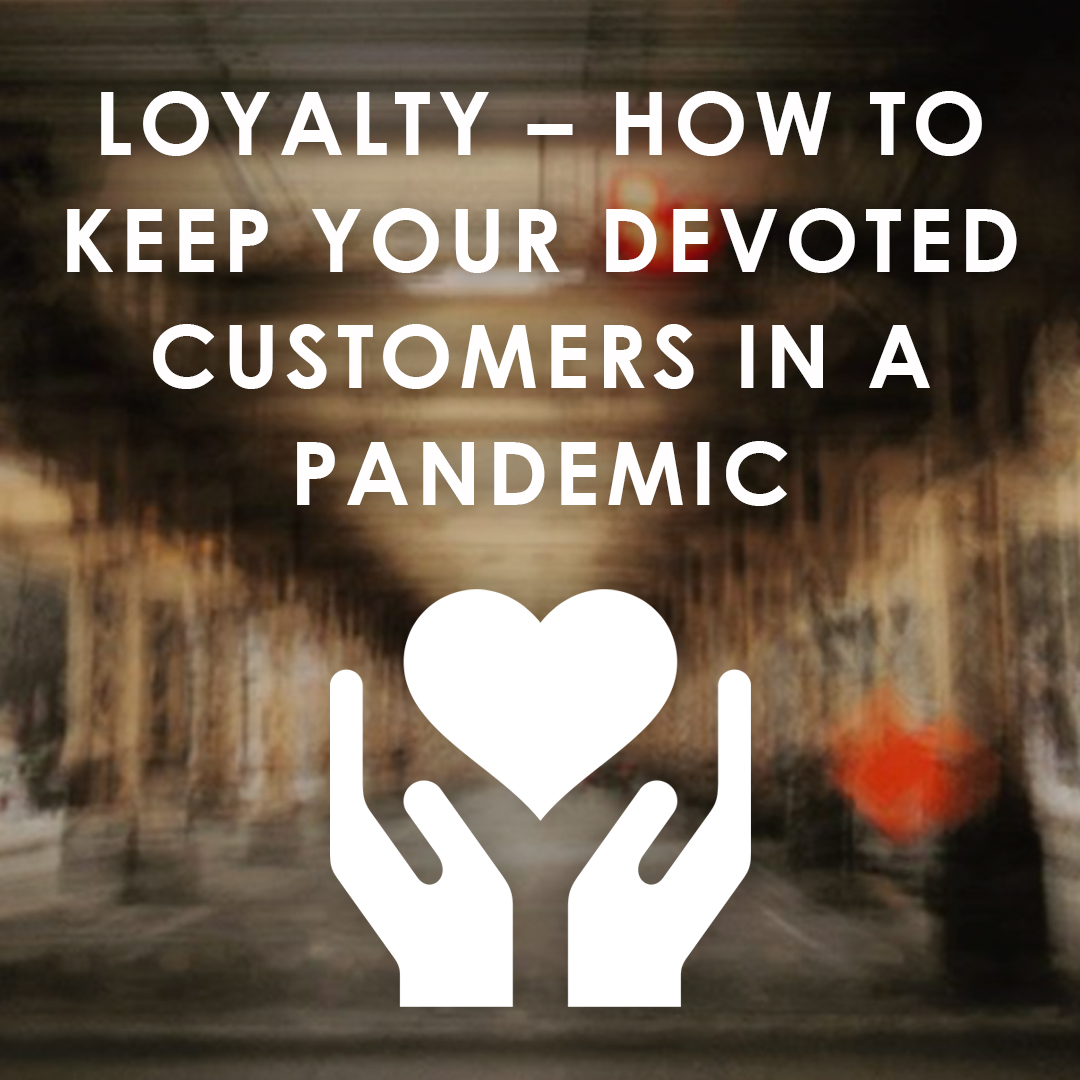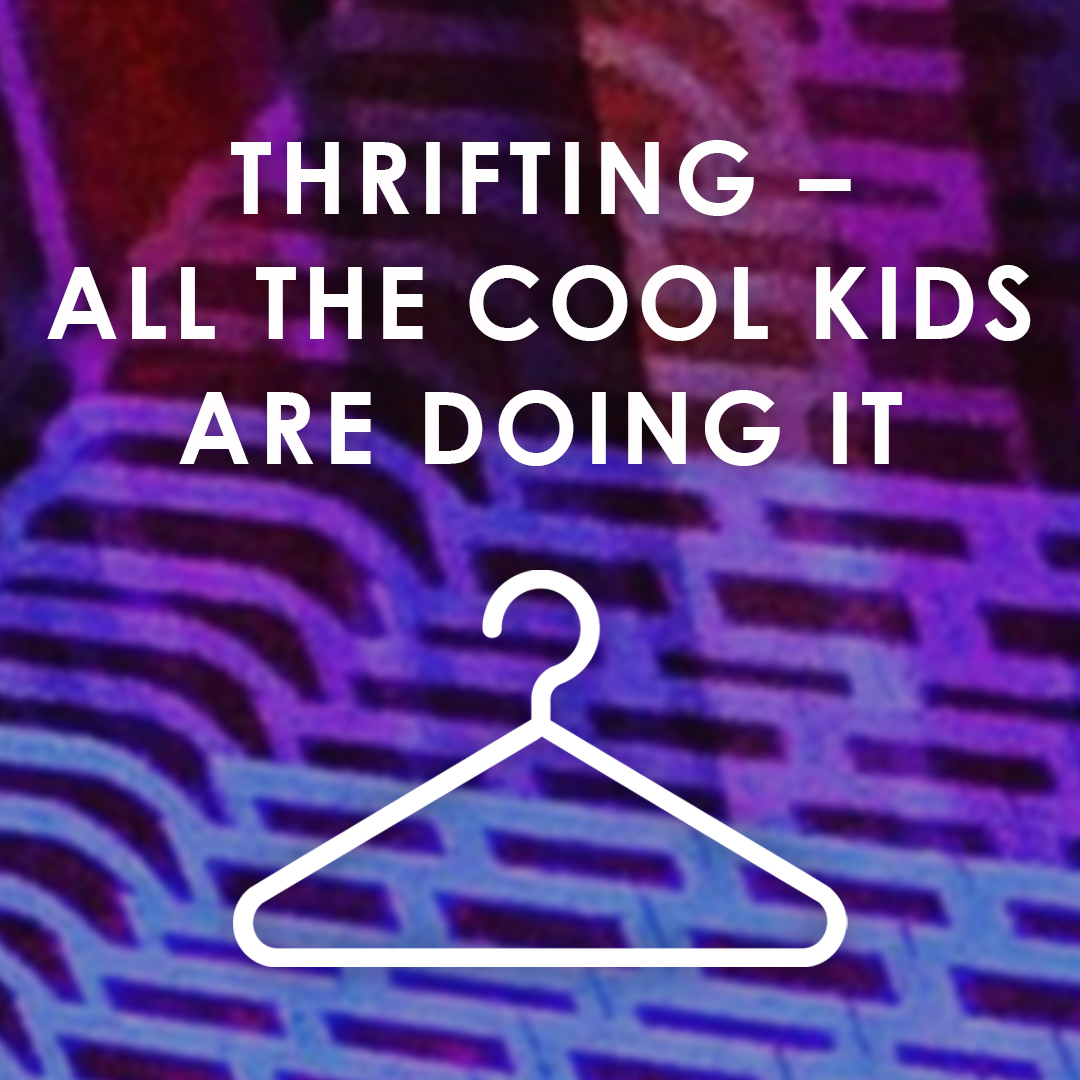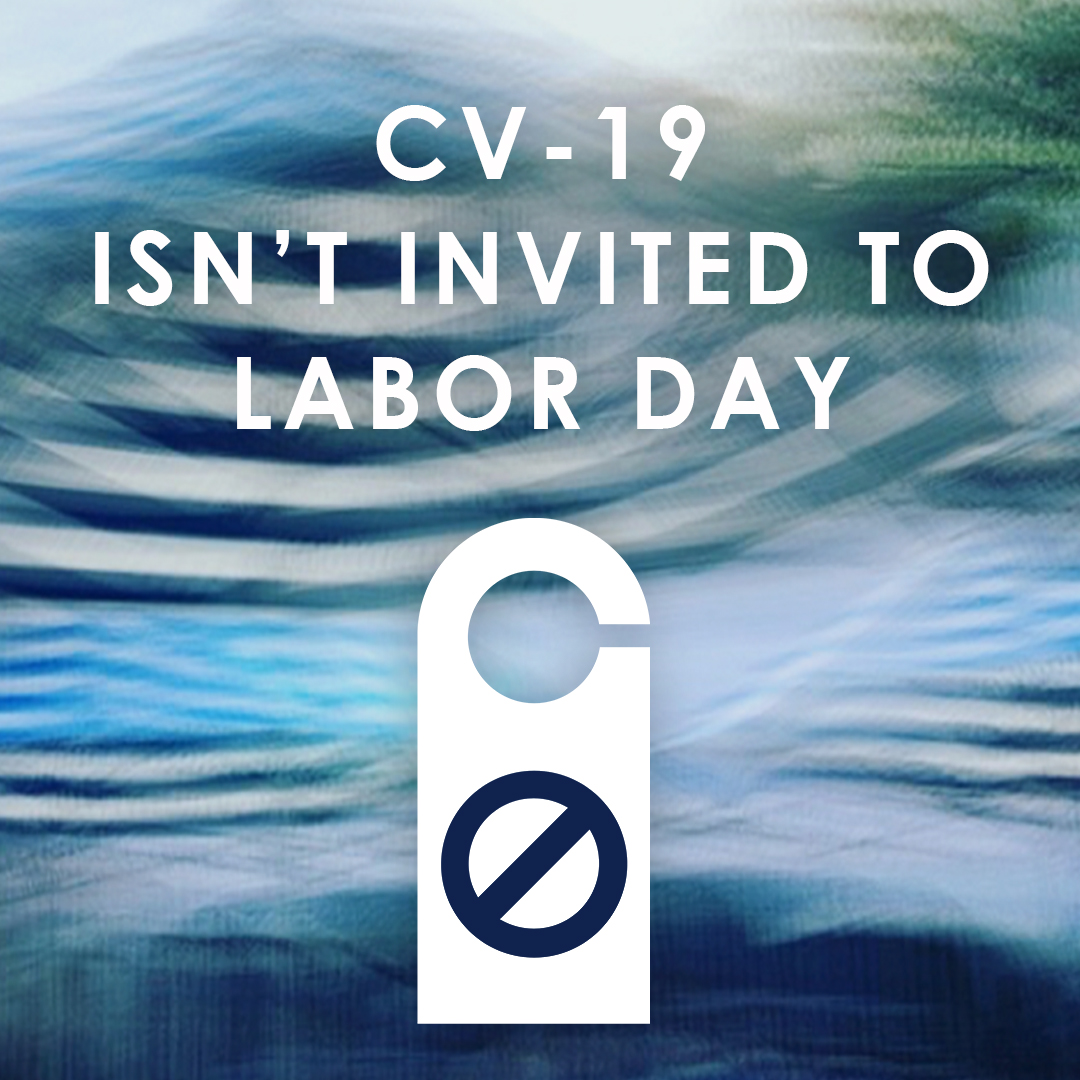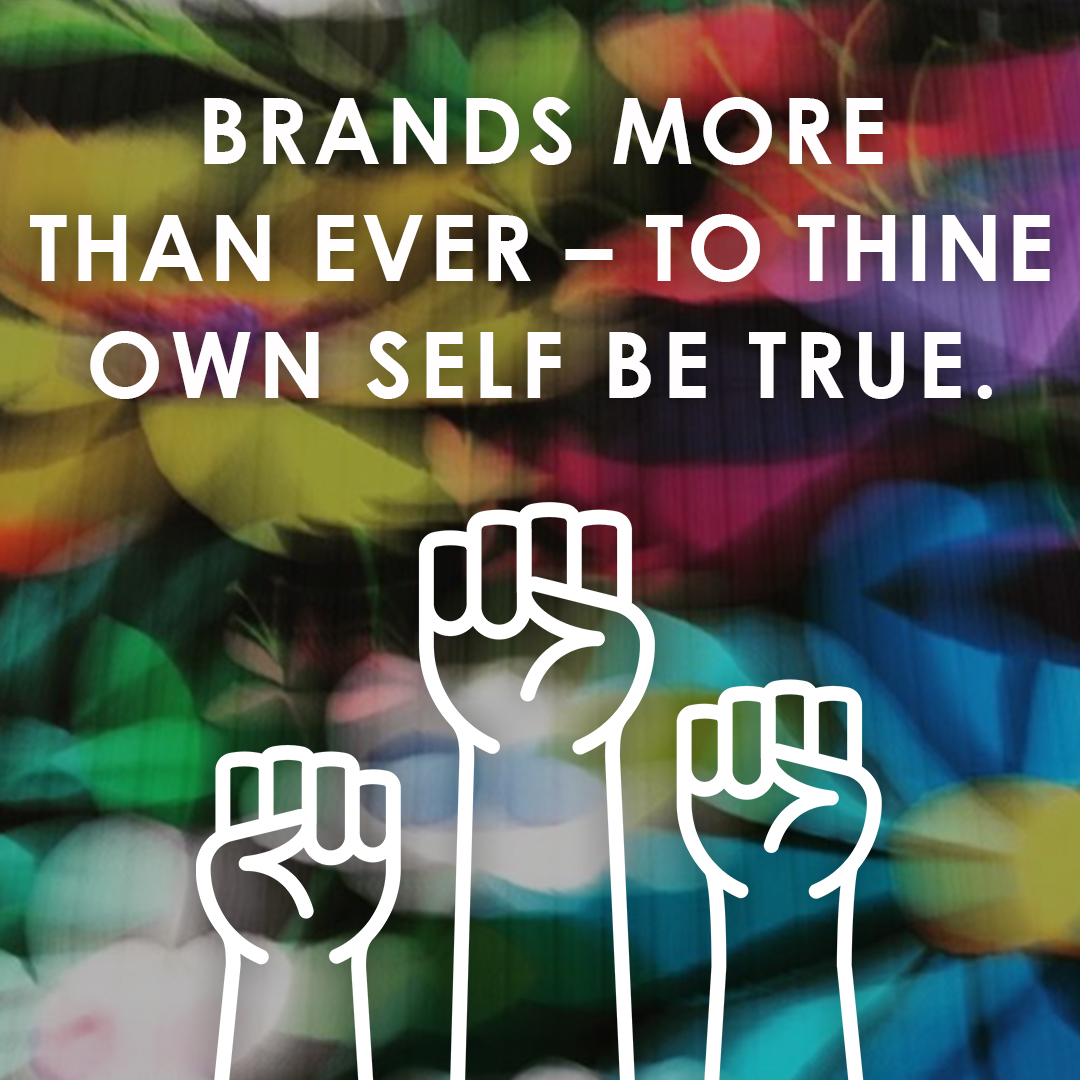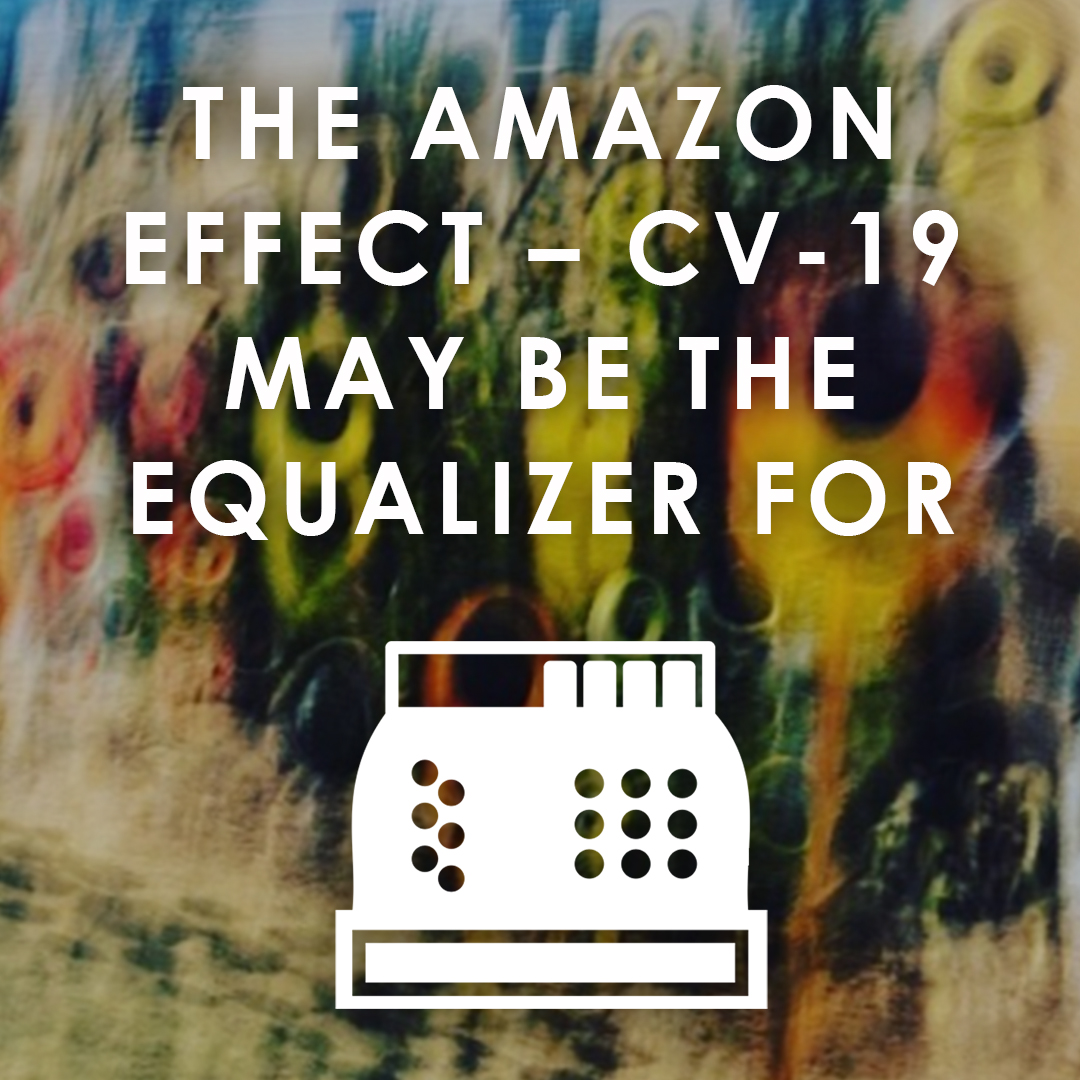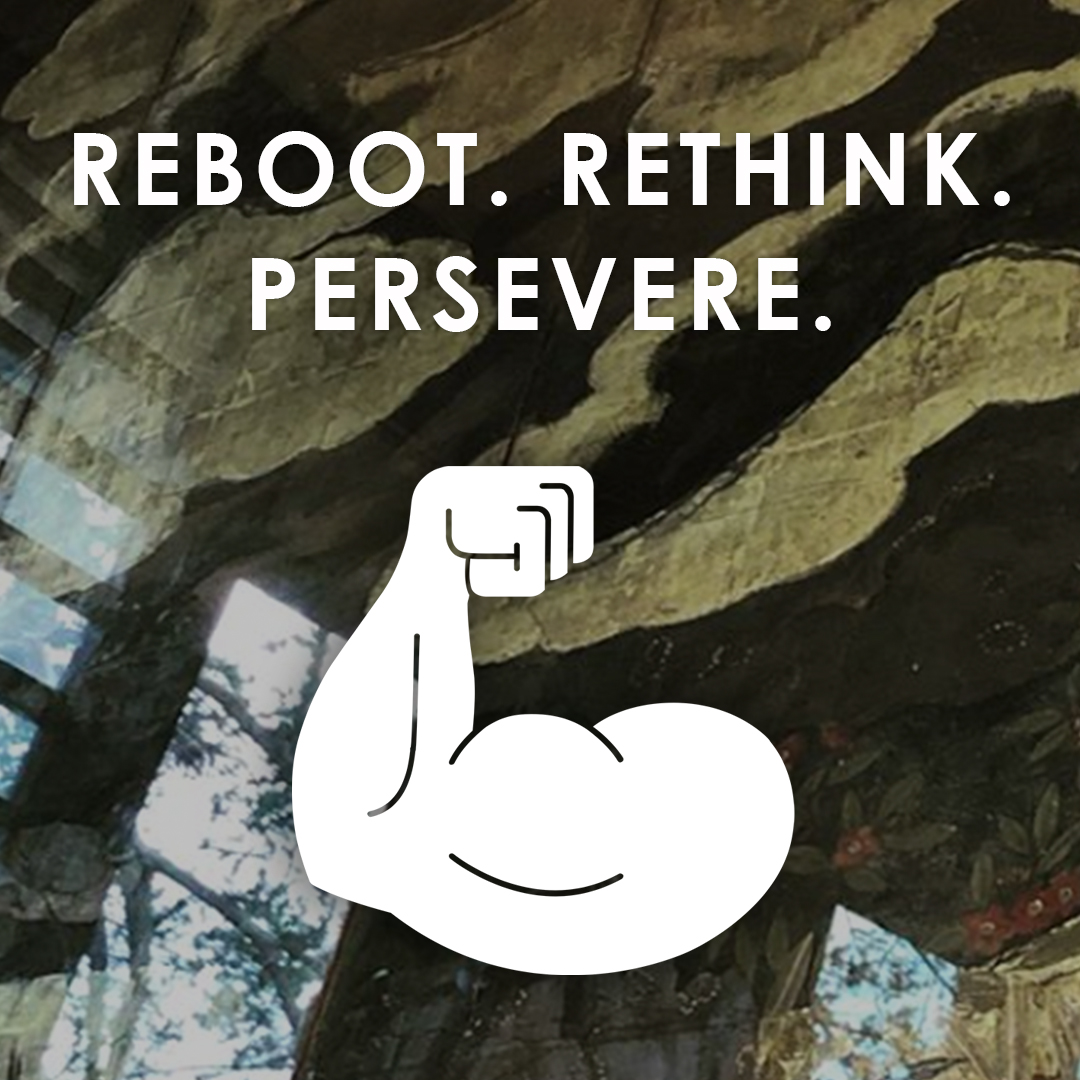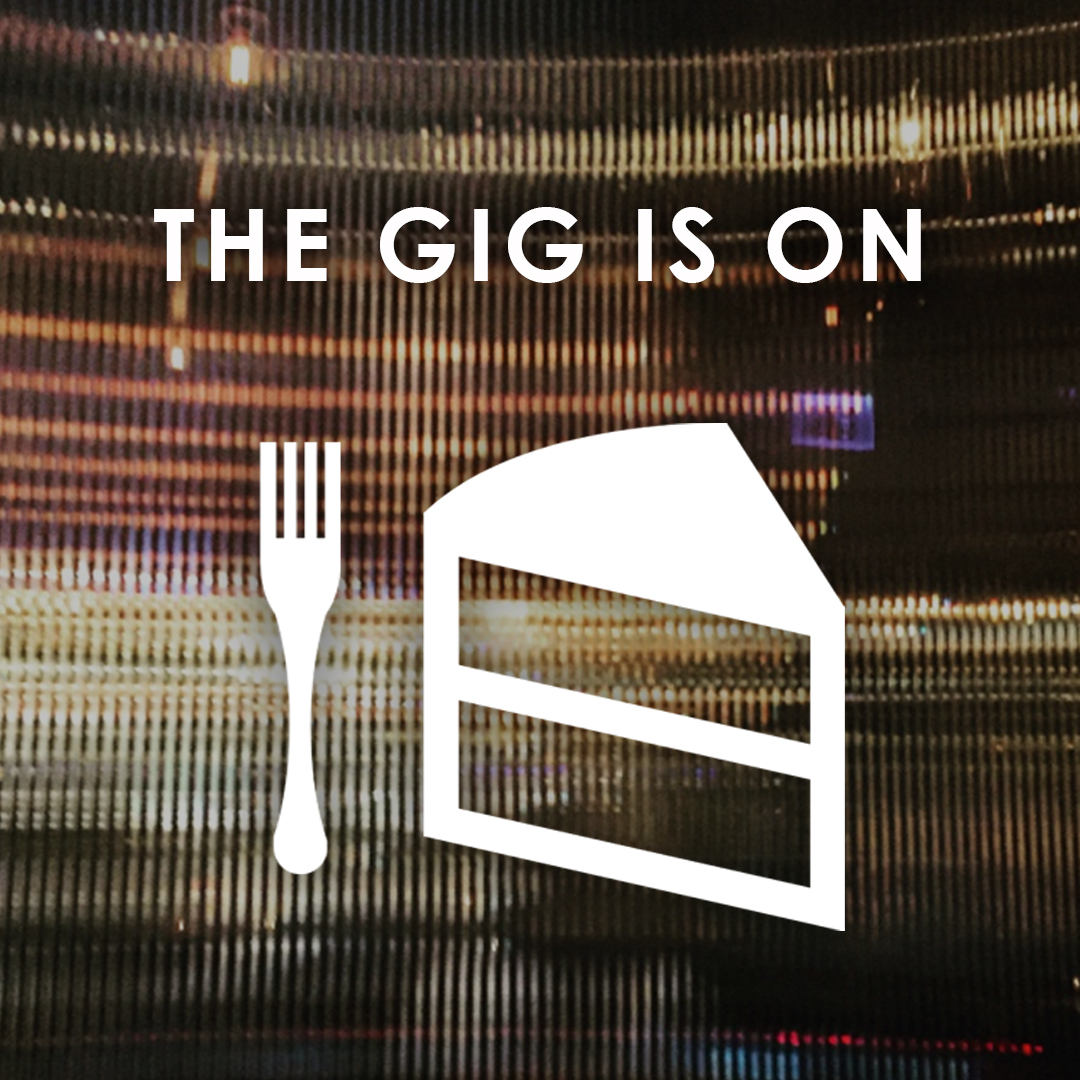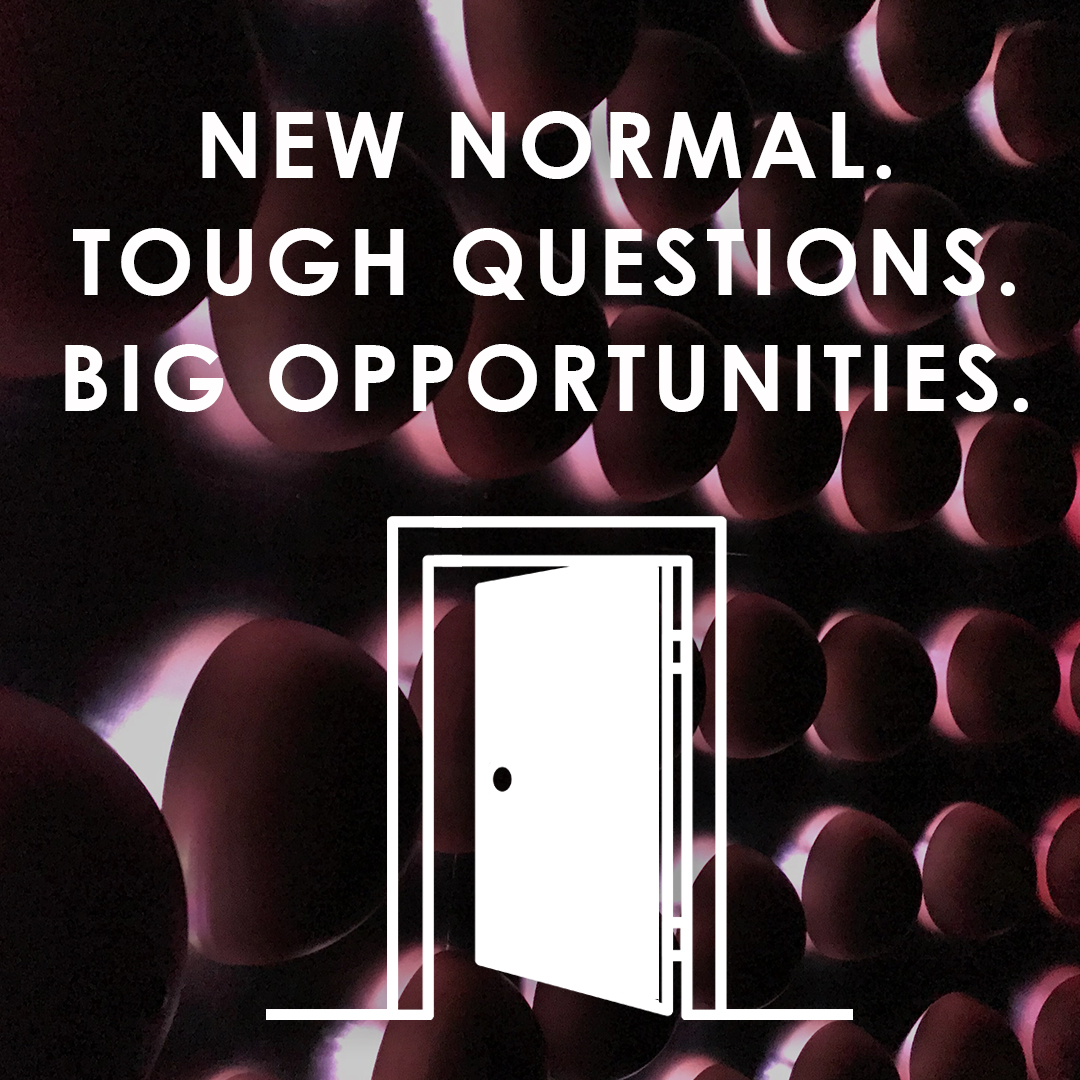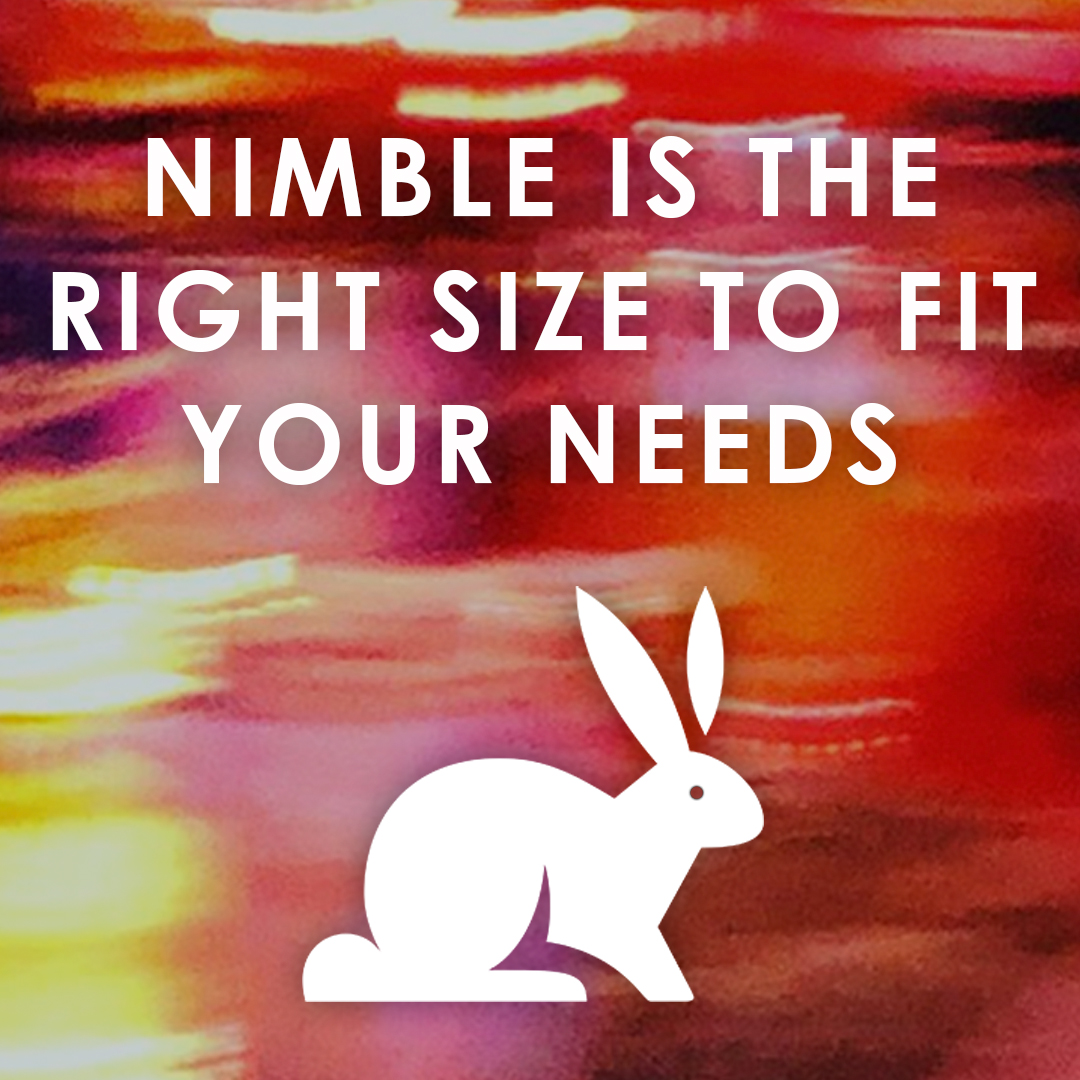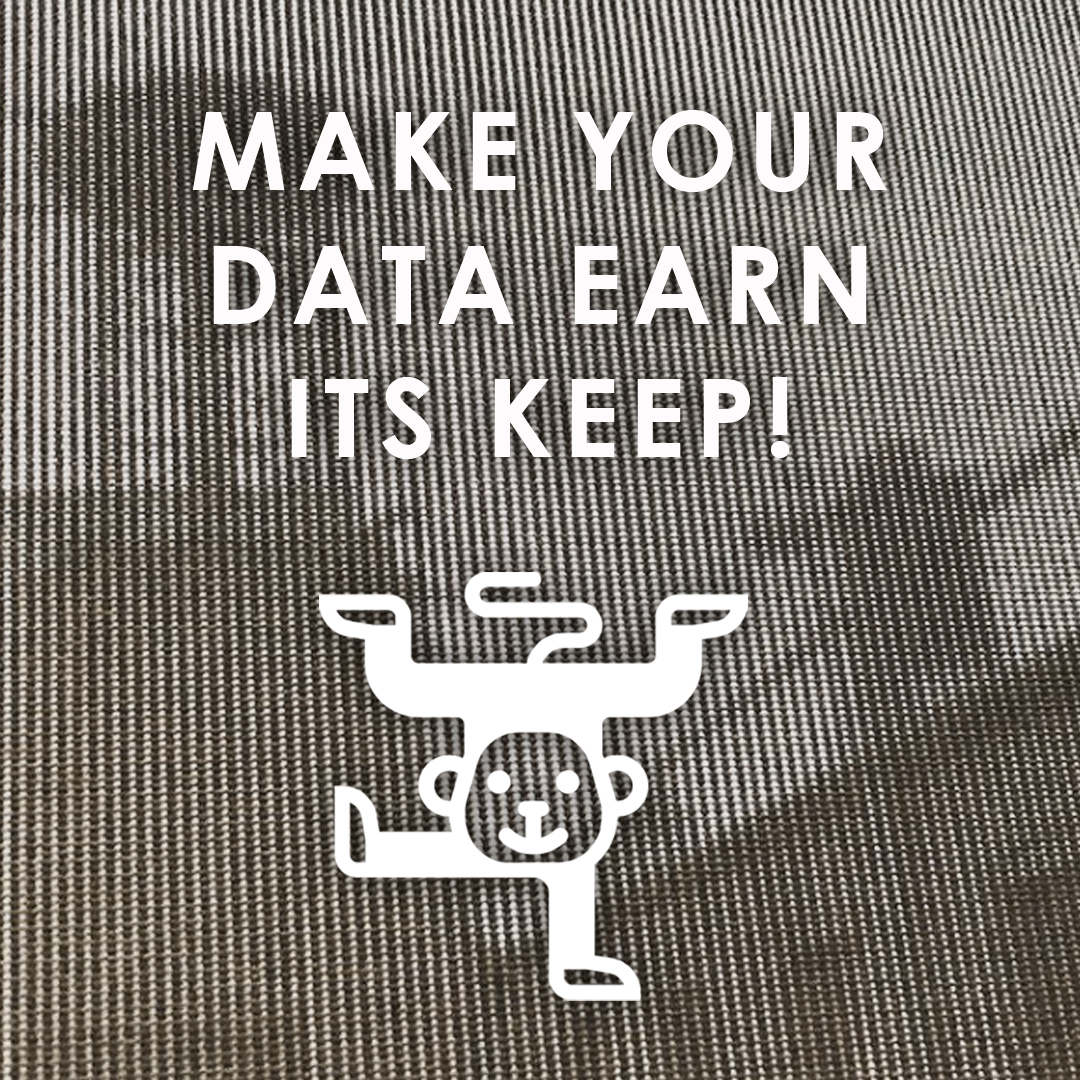Omni or Obsolete. The new normal for retail.
The US Retail market has been taking its licks and downsizing for some time. The onset of the pandemic and now constantly changing reopening plans have added insult to injury, only amplifying retail’s growing hardships and need to evolve. With the added pressures, the divide between stronger and weaker retailers just grows larger. The long and growing list of retailers filing for Chapter 11 protection expanded during the pandemic, with JCPenney, Neiman Marcus and J.Crew all joining the list.
On the other hand, retailers the likes of Walmart, Target and Best Buy have all flourished on the unusual updrafts of the pandemic. Walmart and Target have been able to seamlessly integrate their channels fulfilling online orders with in-store pickup and the implementation of well-choreographed curbside pickup programs. And despite Best Buy having to shut their doors to foot traffic, they still managed to thrive during the pandemic thanks to increased consumer demand for electronics and the substantial curbside pickup growth it generated.
So, what’s the key point of differentiation for retailers who are thriving versus diving? One word: omnichannel. The ability to meet consumer demand seamlessly and effectively in the absence of strong brick and mortar foot traffic is what’s culling the herd. But providing a seamless omnichannel retail experience requires more than online order transactions.
Omnichannel efforts afford better inventory optimization, with stores being able to hold 30% less inventory and in turn requiring less square footage. Take Nike who has spent over $1 Billion on its omnichannel transformation and has already begun to see the return of luscious fruits on their investment. By 2023, they predict digital commerce will make up at least 30% of their business, as well as their digital consumers demonstrating a higher overall average spend. Nike is currently working to create a “marketplace of the future” rolling out between 150 to 200 smaller footprint stores globally.
Another key benefit to an omnichannel approach is big gains in fulfillment efficiency. When stores begin functioning as fulfillment centers, the speed and convenience of online orders increase drastically. Instead of having to ship your new choice kicks from some faraway distribution center, retailers can ship from a store conveniently located near the customer – which all results in some savory cost savings. Omnichannel fulfillment has also proven to save the sale, allowing customers to buy something from one store, but have it shipped to their home from another. Such fancy footwork results in increased revenues by up to 20%.
Unbound’s extensive history in retail makes us a formidable partner when it comes to approaching not only your omnichannel strategy – but your brand story as well. We’re able to consult on your marketing strategies while always ensuring your customer is at the center of them. Unbound makes certain our clients’ brands always have a clear point of differentiation, that resonates with their key customer audiences – as well as separate them from the pack.



